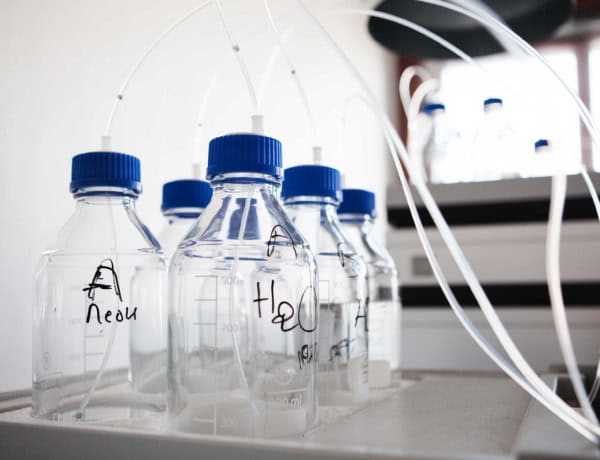THE RESEARCH
A scientific mission
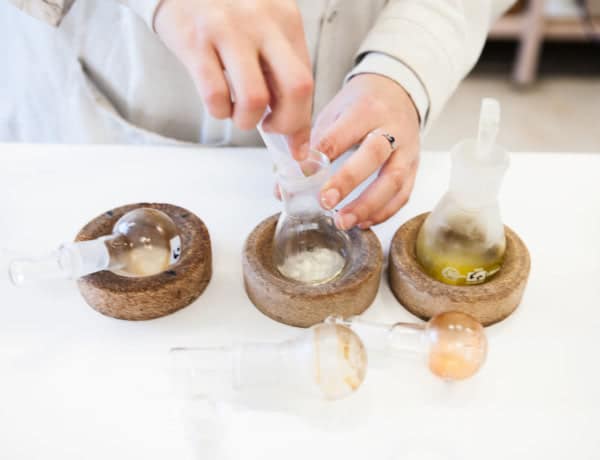
Founded in 1991 in association with the Bordeaux Faculty of Oenology, the Research Department became the Demptos Research Centre (DRC) in 2009. Attached to the“Centre d’études structurales et d’analyse des molecules organiques” (CESAMO – Centre for Structural and analytical research into organic molecules) since 1998, it has built up a wide range of exchanges and cooperative projects.
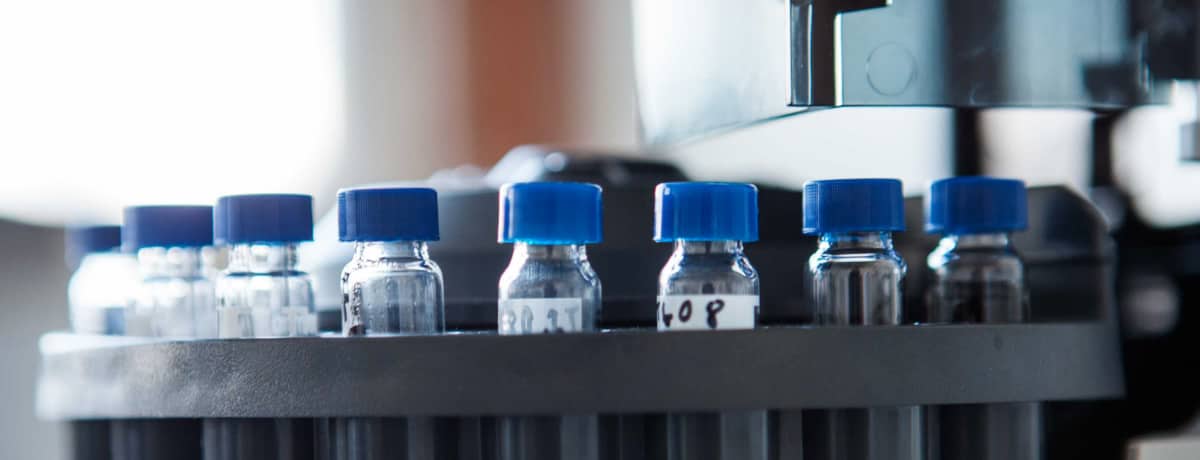
Now at the heart of a scientific network including a number of university laboratories research units, such as the CNRS and INRA, the DRC benefits from the sharing of expertise that occurs in these exchanges and from access to the most innovative technologies. Using Mass Spectronomy and Nuclear Magnetic Resonance (NMR), it carries out research to meet the challenges set by Tonnellerie Demptos. The DRC has a dual role as an expert and an advisor. It adapts the Demptos product range to customers’ oenological requirements and, at the same time, supports those customers in the long-term upkeep of their cellars.
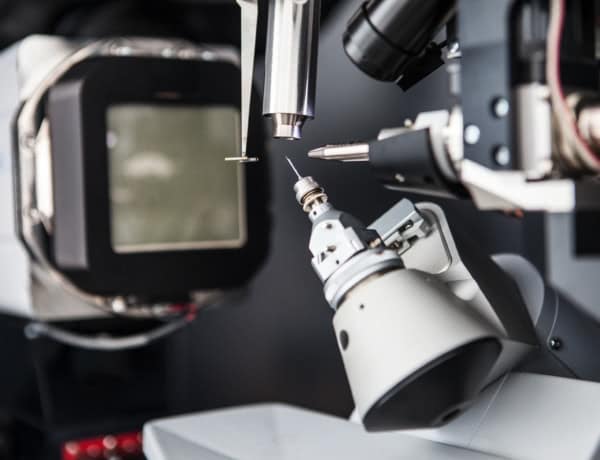
Initially focused on highlighting the criteria that determine the quality of a barrel, in the 1990’s the Research Department’s studies focused on components influencing the quality of the wood, i.e. toasting and drying.

They demonstrated the superiority of natural drying, which favours biochemical
transformations controlled by specificmicro-organisms in the wood as well as developed the notion of “passive drying”, which allows for natural “maturing” of oak.
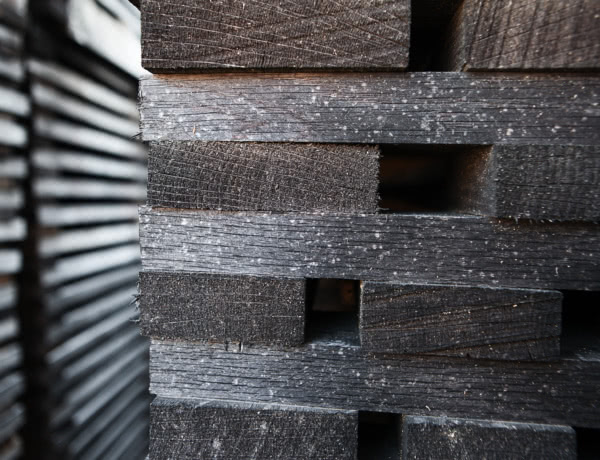
The DRC also carried out research into oak selection and how geographical location of the forests could impact the fineness of wood grain. Studying the conditions under which wines are matured in barrels from the point of view of redox phenomena, the Centre highlighted the existence of gaseous exchanges between the wood and the wine directly within the staves. Its studies also proved that, contrary to what was currently accepted, fine grain is more porous than rough grain and therefore encourages redox phenomena in the barrel.
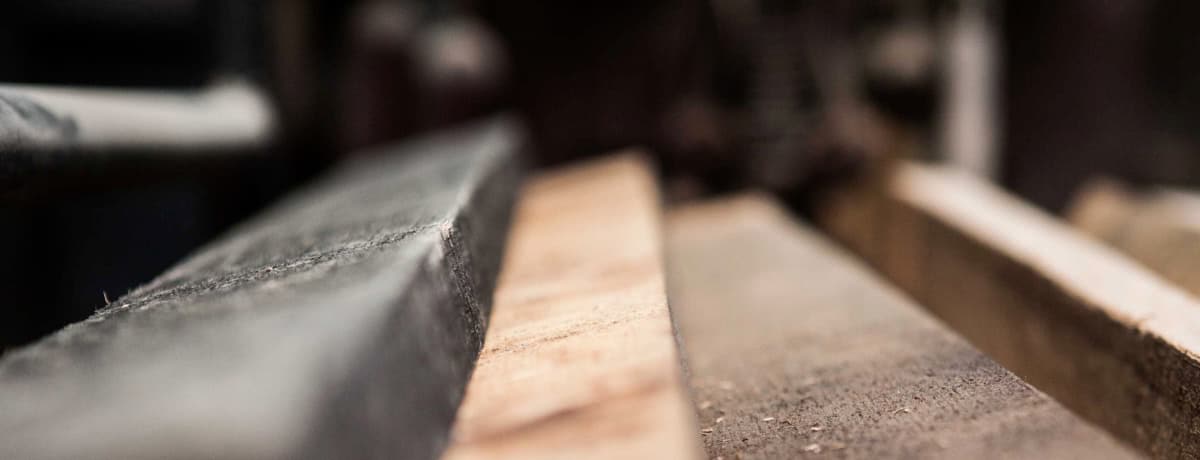
Since 2010, the DRC’s projects have focused on evaluating wine’s need for oxygen and the conditions for stabilising phenolic structure during the maturing period. Studying wine from a physical and chemical angle, its research has concentrated on the polymer melanins formed during the cooperage toasting process and the properties of the colloidal state of the wine.
